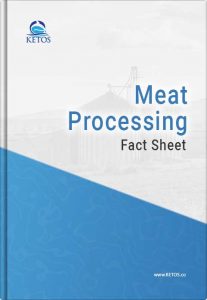Water usage to process animals can add up, with an average of 3.5 to 23 gallons per bird (chicken or turkey) and an average of 150-450 gallons per animal (beef). While meat processing requires large amounts of water, the quality varies according to usage and where on the production line it’s needed.
Download This Industry Fact Sheet
Have A Question? Request Your Demo >
"*" indicates required fields
Meat Processing and Real-time Water Quality Monitoring Systems
 KETOS SHIELD provides accurate, real-time monitoring for environmental factors, heavy metals, nutrients, and other water-related parameters. Monitoring your water is straightforward via an interoperable system that uploads data to the cloud for 24/7 access. Companies using KETOS can easily plug it into existing systems and centralize water data. They can also sample water at various points in the production line via a multi parameter water quality sensor and simultaneously test for their choice of 30+ parameters.
KETOS SHIELD provides accurate, real-time monitoring for environmental factors, heavy metals, nutrients, and other water-related parameters. Monitoring your water is straightforward via an interoperable system that uploads data to the cloud for 24/7 access. Companies using KETOS can easily plug it into existing systems and centralize water data. They can also sample water at various points in the production line via a multi parameter water quality sensor and simultaneously test for their choice of 30+ parameters.
With a digital water solution like KETOS, meat processing companies can finally achieve water intelligence based on real-time data. Visualization of data helps meat processors understand water in one glance and act on the fly based on automated reporting, threshold-based alerting, and predictive analysis.
Download this Water and Meat Processing Fact Sheet
Want more insights into meat processing and how water plays a pivotal role? Download our Meat Processing Water Fact Sheet to gain insights on:
- meat processing and its reliance on water quality
- concerns around meat processing and water usage
- how KETOS solves water dilemmas around meat processing and water quality
- how digital water can transform meat processing
How is Water Used in Meat Processing?
Water is used extensively in meat processing operations to clean, disinfect, cool, heat, and run equipment. Water requirements can vary across operations. For example, water used to disinfect equipment would have a different composition than water used to wash carcasses. Water must be heated or cooled to different temperatures, depending on which part of the production line is required.
The Quality of Water Matters to Meat Processing
Water quality is essential to ensure the finished product is food-grade and adequately prepared for shipping and sale. However, once water is used, it must be carefully remediated by the organization to ensure it is appropriately returned to the environment, free of contamination. Improper release of wastewater can infect local water sources such as surface water or groundwater resources and lead to non-compliance with local regulatory bodies. That can also cause harm to a company’s local and regional reputation – something that, once lost, is hard to win back.
Automated and Affordable Monitoring
Today’s water operators in meat processing roles no longer have to rely on expensive approaches to monitoring. Instead, through digital water transformation and leveraging water quality monitoring devices for meat processing, compliance and testing take less time, involves less manual labor, and puts less stress on an organization’s overall budget.
KETOS, an automatic water quality monitoring system, integrates with existing infrastructure and automates processes seamlessly. Everything is managed on-site so that companies can remove expensive third-party testing and hours of manual labor from their list of ongoing expenses. Extensive, transparent reporting also helps manage compliance, ensuring regulatory requirements and fewer fines.
Learn How Automated Water Sampling Saves Cities & Businesses Hundreds of Hours Each Year…
KETOS Awards
















